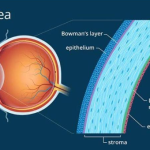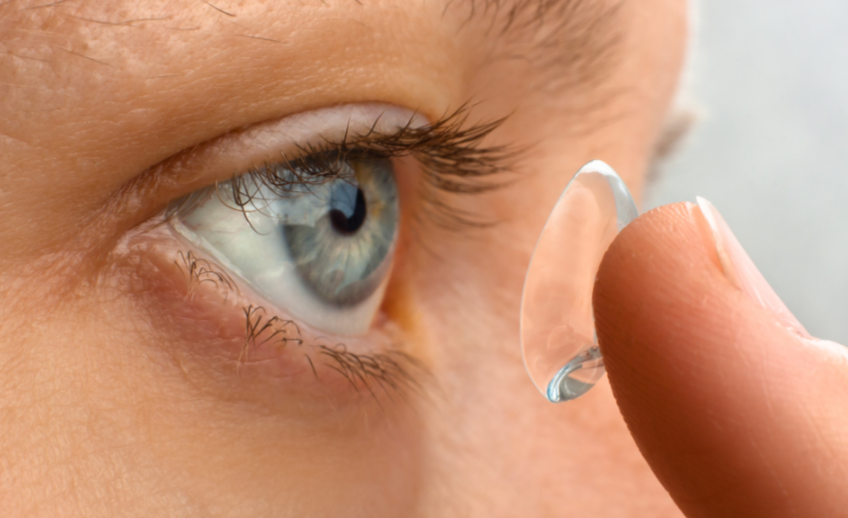Dry eye syndrome, also known as dry eye disease, is a common condition that affects millions of people worldwide. It occurs when the eyes do not produce enough tears or the tears are of poor quality, leading to dryness, irritation, and discomfort in the eyes.
Causes of Dry Eye Syndrome
There are several factors that can contribute to the development of dry eye syndrome.
These include:
Hormonal changes, such as those experienced during menopause or pregnancy.
Aging, as tear production naturally decreases with age.
Environmental factors, such as dry air, wind, and exposure to chemicals or pollutants.
Medical conditions, such as diabetes, rheumatoid arthritis, and thyroid disorders.
Medications, such as antihistamines, decongestants, and blood pressure medications.
Lifestyle factors, such as prolonged use of digital devices, reading, or watching TV.
Symptoms of Dry Eye Syndrome
The symptoms of dry eye syndrome can vary from person to person but may include:
Dryness or grittiness in the eyes.
Burning or stinging sensation in the eyes.
Redness or inflammation of the eyes.
Blurred vision or difficulty seeing clearly.
Sensitivity to light or glare.
Difficulty wearing contact lenses.
Eye fatigue or strain.
Diagnosis and Treatment of Dry Eye Syndrome
Dry eye syndrome can be diagnosed through a comprehensive eye exam, which may include:
Schirmer’s test to measure tear production.
Tear film evaluation to assess the quality of tears.
Corneal staining to evaluate the surface of the eyes.
Treatment for dry eye syndrome depends on the underlying cause and severity of the condition. Options may include:
Artificial tears or lubricating eye drops.
Prescription medications to increase tear production or reduce inflammation.
Punctal plugs to block the drainage of tears.
Humidifiers or other environmental modifications.
Lifestyle changes, such as regular eye breaks and proper eye care.
Complications of Dry Eye Syndrome
If left untreated, dry eye syndrome can lead to complications such as:
Corneal ulcers or abrasions.
Increased risk of eye infections.
Vision loss or blindness.
Chronic eye pain or discomfort.
Living with Dry Eye Syndrome
While dry eye syndrome can be a frustrating and uncomfortable condition, there are steps you can take to manage your symptoms and improve your eye health. These include:
Using artificial tears or lubricating eye drops regularly.
Avoiding environmental irritants and allergens.
Taking regular eye breaks and practicing good eye care.
Avoiding rubbing or touching your eyes.
Staying hydrated and maintaining a healthy diet.
By understanding the causes, symptoms, and treatment options for dry eye syndrome,
you can take control of your eye health and find relief from this common condition.









